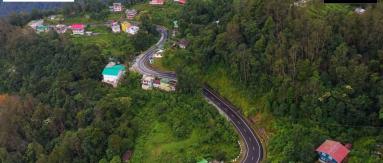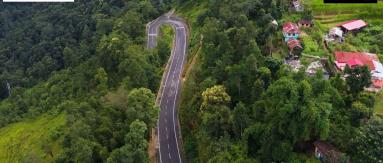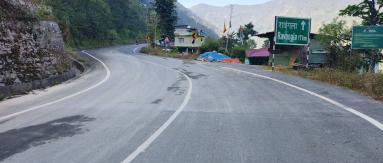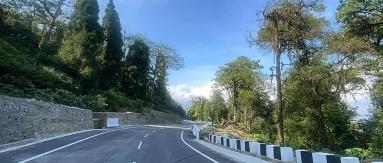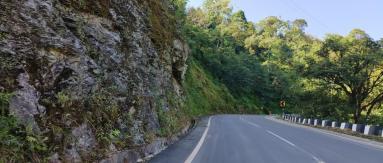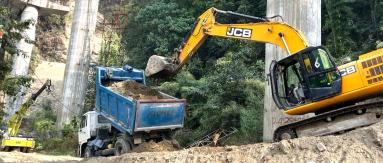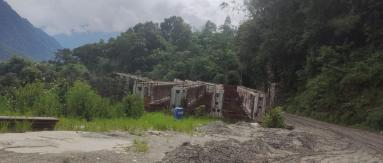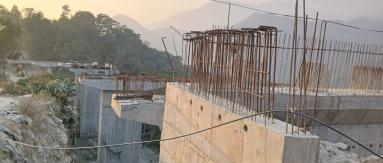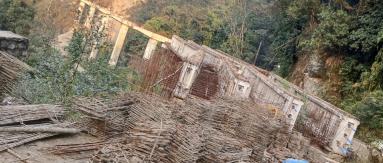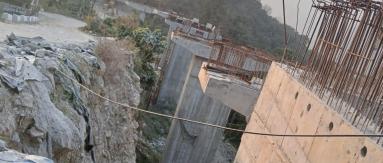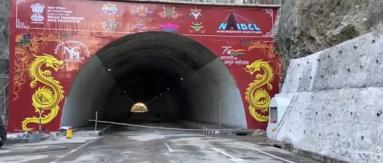- फीडबैक
- साइट मैप
- मुख्य विषयवस्तु में जाएं
- स्क्रीन रीडर एक्सेस
- A+ A A -
- A A
- नियंत्रण कक्ष नं. - 9205949400, 011-26768950
Geographical Location
Tucked away in the northeastern corner of India, Sikkim is a small yet stunning state known for its rich biodiversity and the rolling Himalayan landscapes. Sharing its northern and northeastern borders with Tibet, it also meets Bhutan to the east, Nepal to the west and West Bengal to the south. Not far from the strategic Siliguri Corridor and near Bangladesh, Sikkim holds a unique position both geographically and culturally
Despite being India's least populous and second-smallest state, Sikkim is a land of immense natural beauty and ecological variety, ranging from lush subtropical valleys to soaring alpine heights. The towering Kangchenjunga, India's tallest mountain and the world's third-highest peak, watches over the state with grandeur. Impressively, around 35% of Sikkim’s area forms part of the Khangchendzonga National Park, a UNESCO World Heritage Site that underscores the state’s commitment to preserving its wild and pristine environment.
- Capital: Gangtok | Largest City:
- Districts: 6 | Total Area: 7096 sq km
Losar (Tibetan New Year)
Celebrated in January, Losar marks the beginning of the Tibetan New Year. The festival is welcomed with rituals, offerings, prayers, and joyful gatherings. Monasteries come alive with chants and dances, as families clean their homes and prepare traditional delicacies to usher in good luck and prosperity.
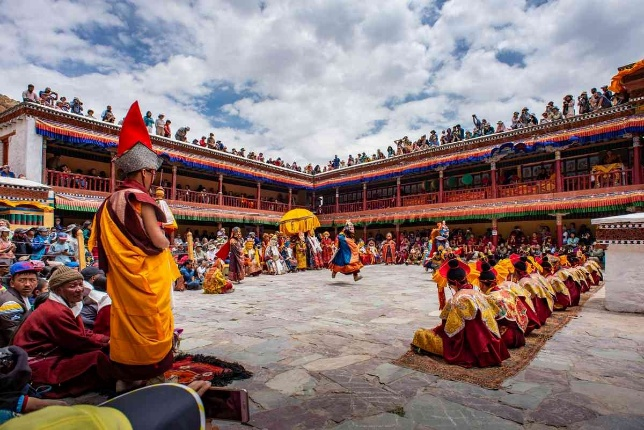
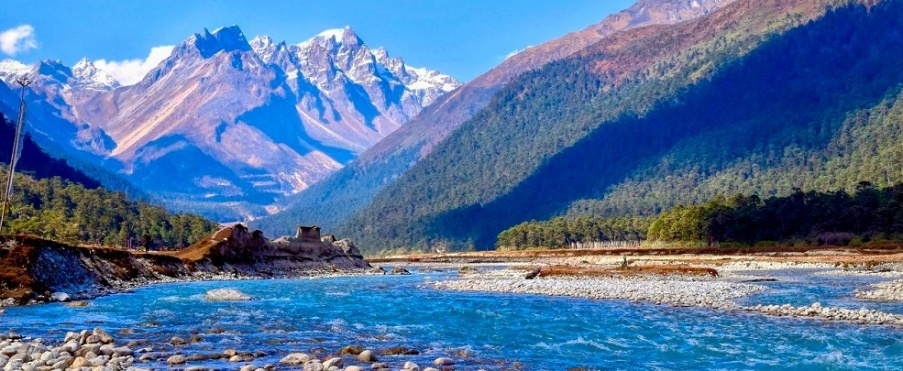
Yumthang Valley
Nestled in the heart of North Sikkim, the Yumthang Valley—often called the Valley of Flowers—is a breathtaking natural sanctuary. Set against the backdrop of towering Himalayan peaks, this high-altitude haven features lush meadows, a gently flowing river, natural hot springs, and herds of yaks grazing peacefully across open pastures. Located about 150 km from Gangtok, the state capital, the valley sits at an elevation of 3,564 meters (11,693 feet) above sea level, making it a serene and surreal escape into nature's untouched beauty.
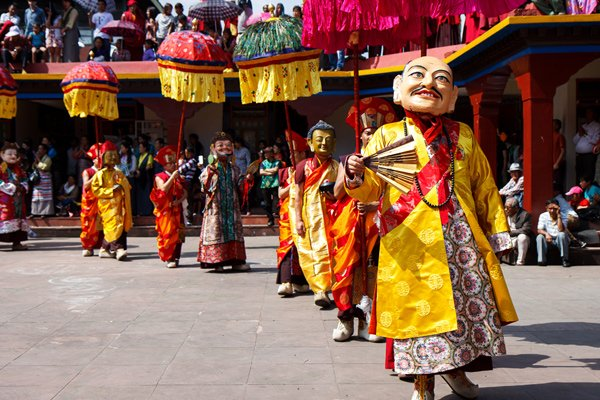
Saga Dawa (Triple Blessed Festival)
One of the holiest days in the Buddhist calendar, Saga Dawa commemorates the birth, enlightenment, and nirvana (death) of Lord Buddha. It is observed with solemn prayers, religious processions, and acts of compassion. Devotees visit monasteries, light butter lamps, and engage in spiritual reflection.
Tourist Places
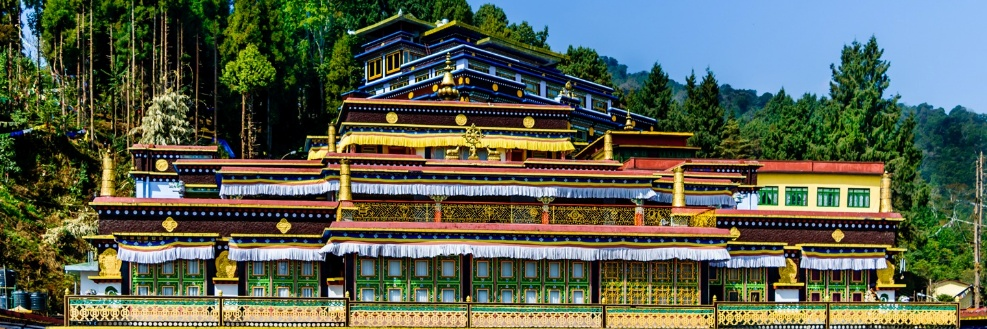
Rumtek Monastery
Rumtek Monastery, also known as the Dharma Chakra Centre, stands as one of the most prominent and expansive Tibetan Buddhist monasteries in Sikkim, India. Located approximately 25 km from Gangtok, it serves as the international headquarters of the Karma Kagyu lineage—one of the major schools of Tibetan Buddhism. The monastery is especially revered as the seat of the Karmapa Lama, the third highest spiritual authority in Tibetan Buddhism, making it a vital centre for Buddhist learning and practice.



